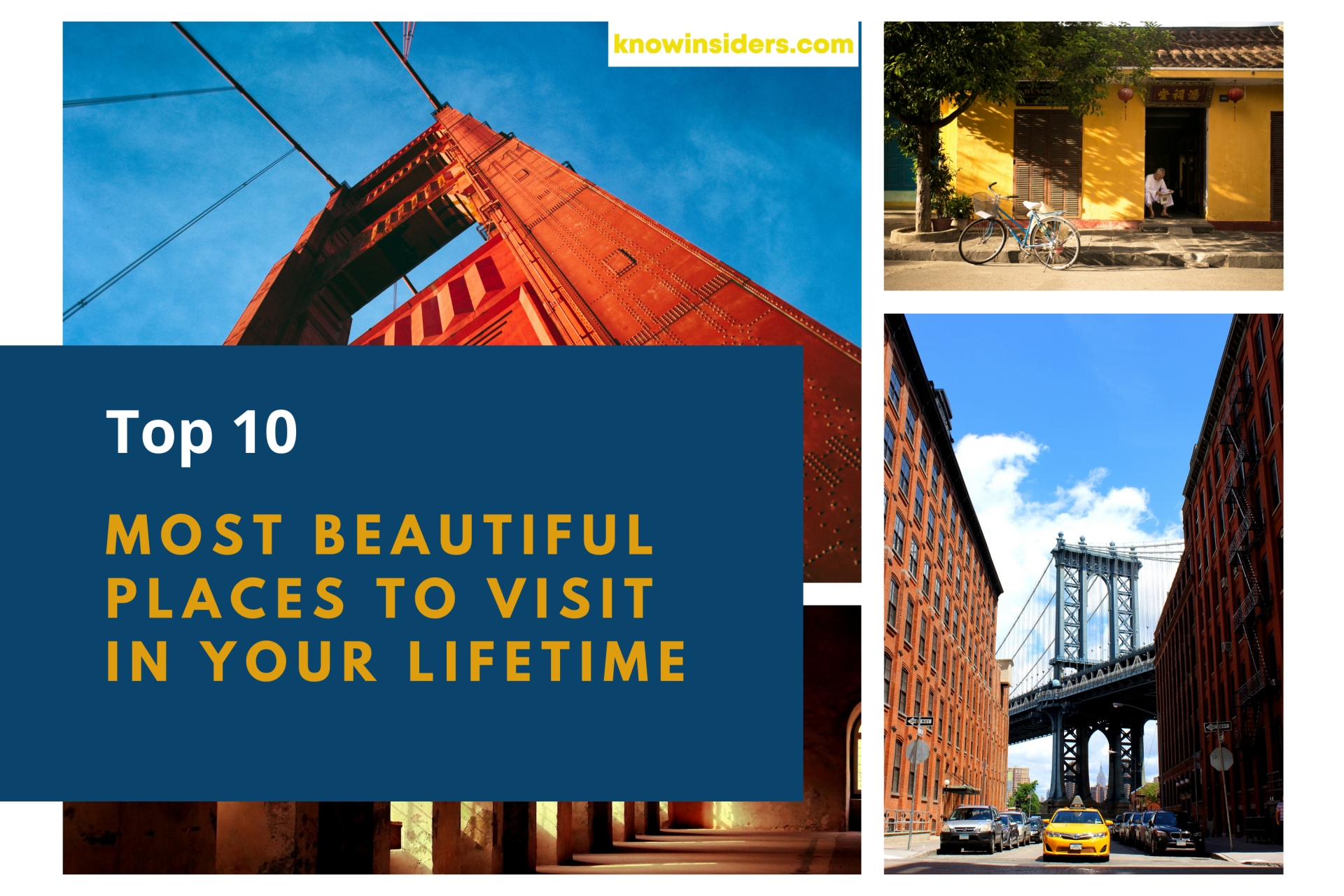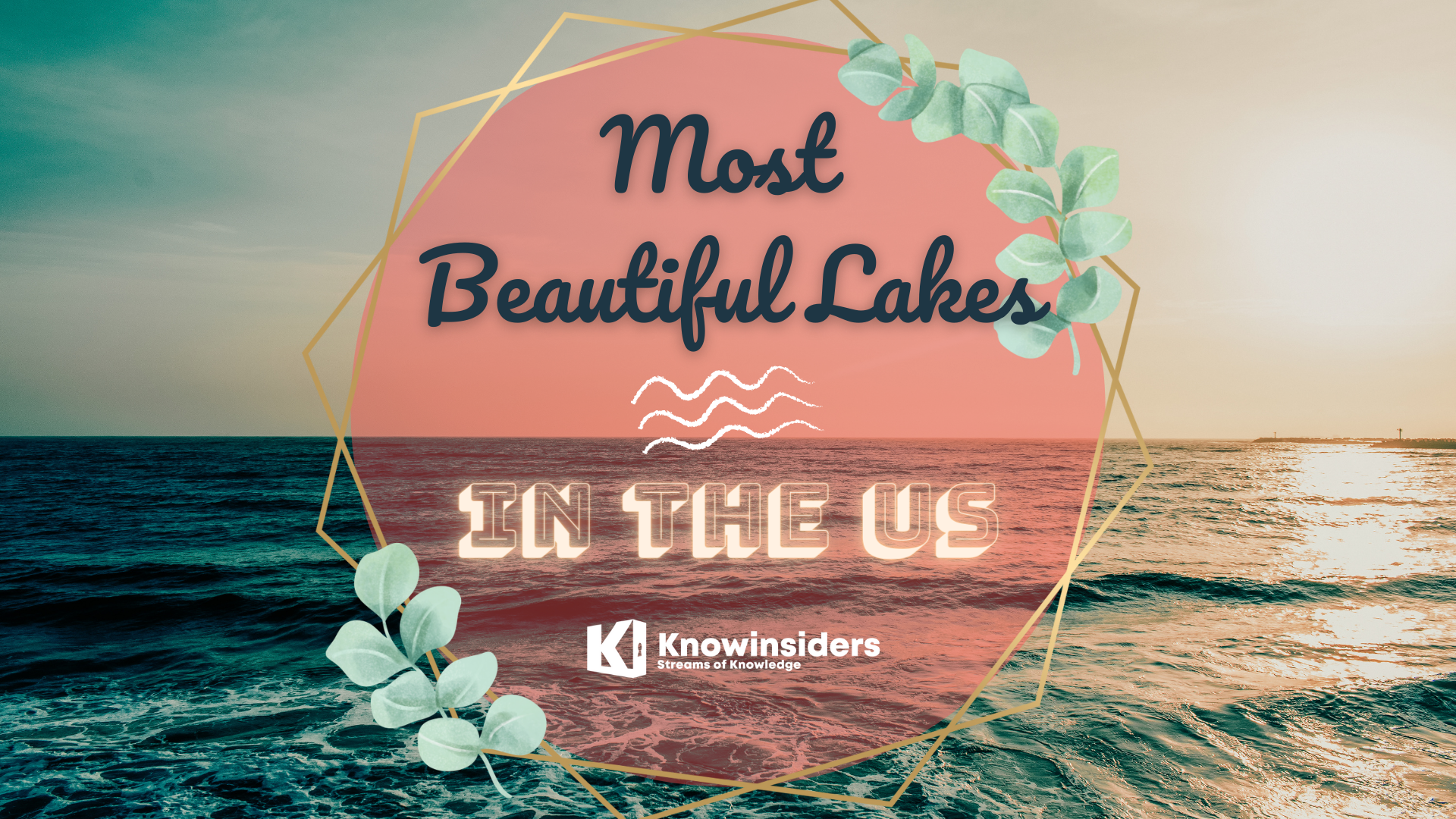Top 10 Most Beautiful Places in Afghanistan
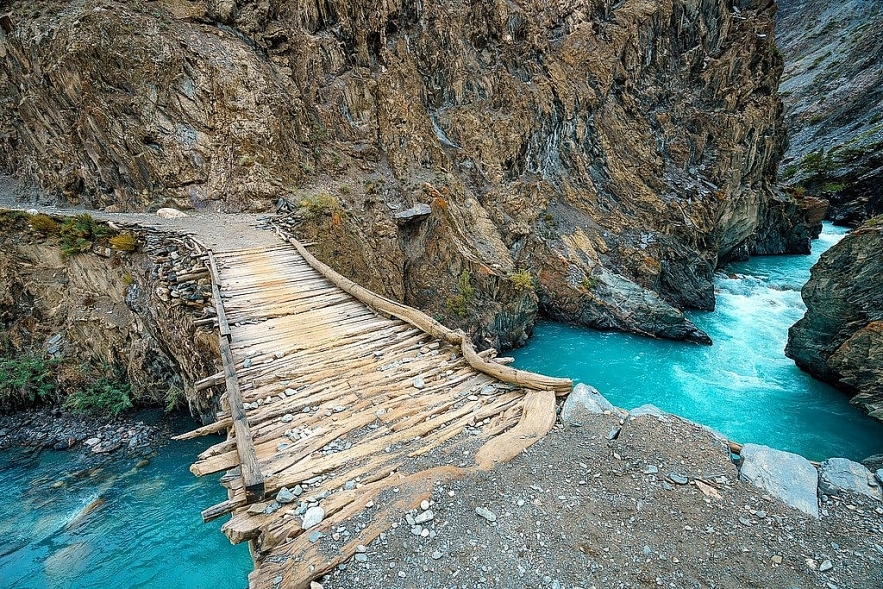 |
| Top 10 Most Beautiful Places in Afghanistan |
Afghanistan is a territory that has faced thousands of years of empirical rule. The country is thus rich in heritage, and it has unique forms of attractive landscapes and wildlife species to explore, despite being landlocked from the coastline. It is in the center of the Asian continent and it neighbors Uzbekistan, Tajikistan, Turkmenistan, Iran, Pakistan, and China.
Some of the attraction sites that are visited by tourists in Afghanistan are the Band-e Amir Lakes, the historic Khyber Pass that is between India and Afghanistan, the Panjshir Valley that is suitable for nature trekking, and the Anjuman Pass. Gardez Town is a mountainous town at a valley that is eating of Kabul. The historic sites are one of the globally recognized heritage sites.
These sites are such as the Minaret of Jam, and the Buddhism structures in Bamiyan that lay as ruins as a result of destruction by the Taliban. The mosques in Afghanistan are so beautiful and well furnished that you would rather spend at least five minutes to experience the beautiful sights of the buildings.
Lets explore the best places to visit in Afghanistan. We try to rank the Top 10 Most Beautiful 10 Places:
1. Kandahar
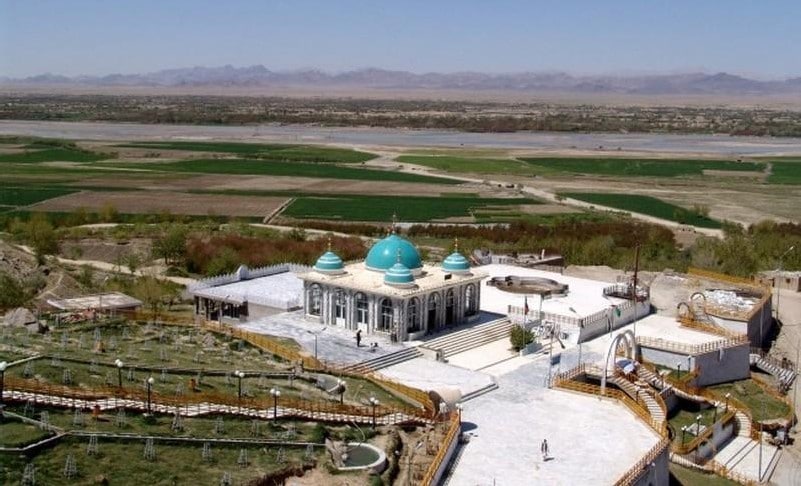
Mosque of the Sacred Cloak - Source: beautifulmosque
The revered home of the Mosque of the Sacred Cloak and a city steeped in history, Kandahar sits at the crossroads where southern Afghanistan meets the mountains of the country’s heartland.
The traditional seat of Pashtun power, it was the capital of the last Afghan empire during the years of Ahmad Shah Durrani.
Today, the place is filled with mosques, shrines, and mausoleums to luminaries from the national past, and folk come to see the curious inscriptions of the great Mughal invader Babur on the Chilzina View, located just on the edges of the city.
2. Mazar-e Sharif
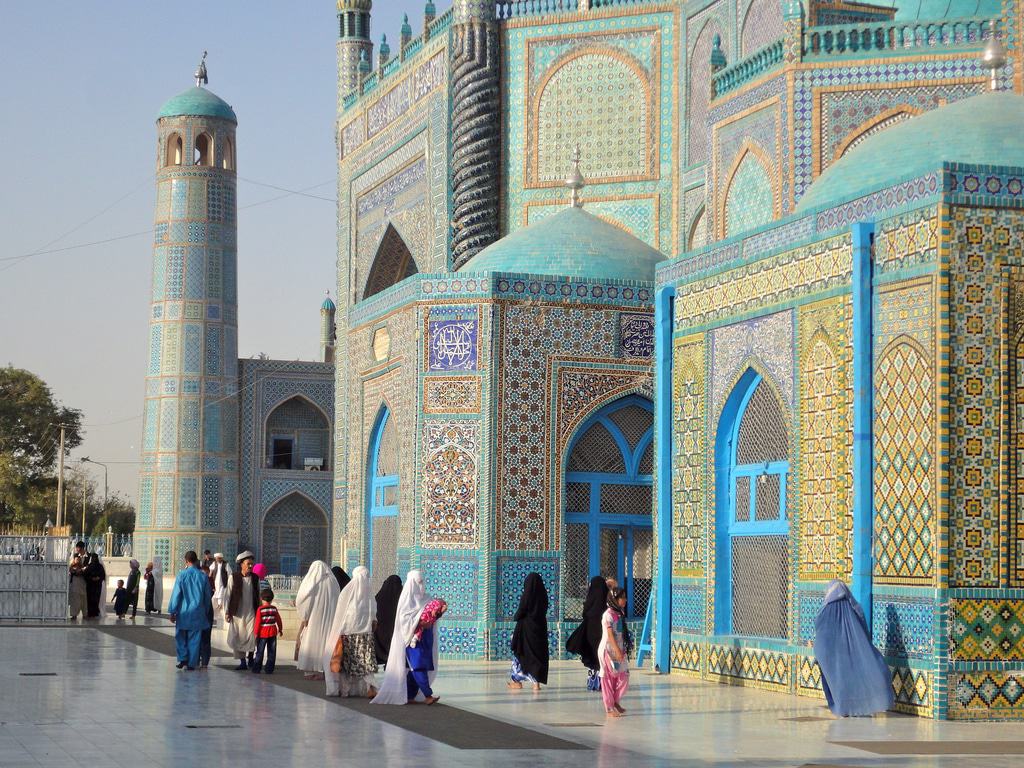
Blue Mosque - Source: flickr
The cobalt domes of the great Blue Mosque shoulder their way above the skyline of Mazar-e Sharif, glowing white-hot under the scorching Balkh sun.
Famed as the burial site of Ali bin Talib, the cousin of the Prophet Mohammad himself, it’s a gorgeous array of arabesque and south Asian architecture, complete with turquoise-blue domes and gold-peppered minarets.
However, the Muslim history is just one aspect of Mazar-e Sharif, because this city is also home to countless Greek relics; ones that found their way here with the coming of Alexander’s armies in the 3rd century BC!
3. Jalalabad
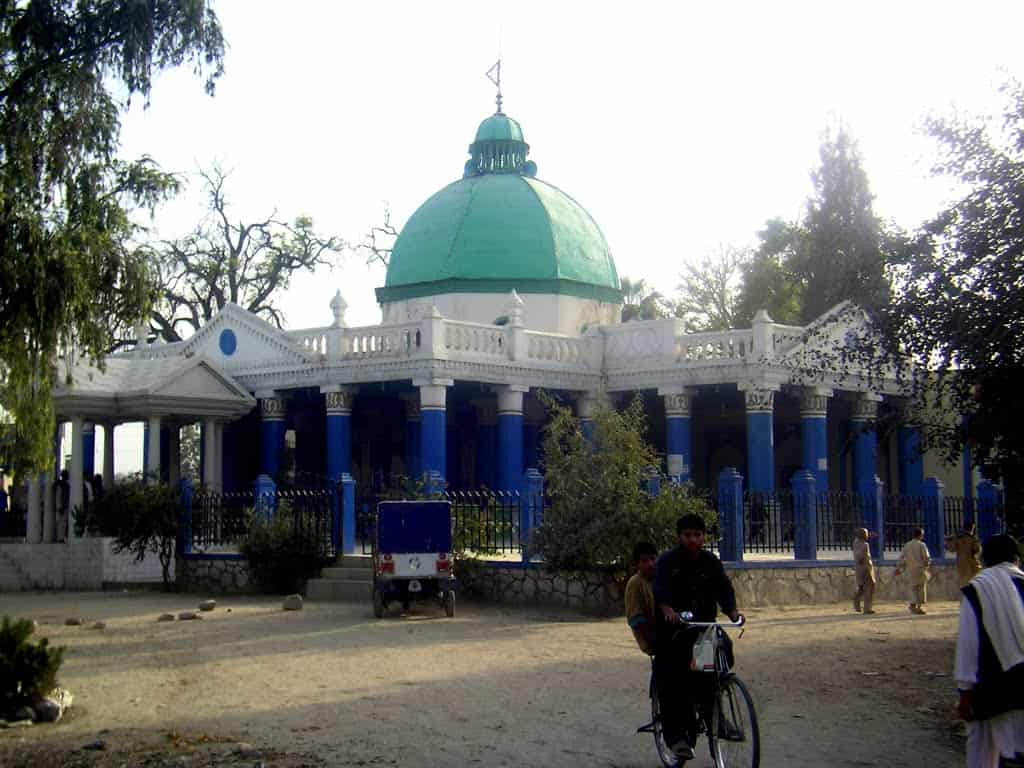
Mausoleum of King Amanullah Khan - Source: worldmapz
Founded – like so many other cities in these parts – by the emperor Akbar, Jalalabad is a place where the passage of ancient time is virtually palpable.
You can often just about make out the snowy peaks of the Safid Mountain Range on the horizon, and imagine how the Mughal armies would have felt as they contemplated them way back in the 1500s.
Closer to the city and the climate allows for citrus orchards and green parks – something Jalalabad is known for.
You can also see the mausoleum of King Amanullah Khan, join the locals for hotly-contested cricket game, or just enjoy the manicured parks and gardens.
4. Balkh
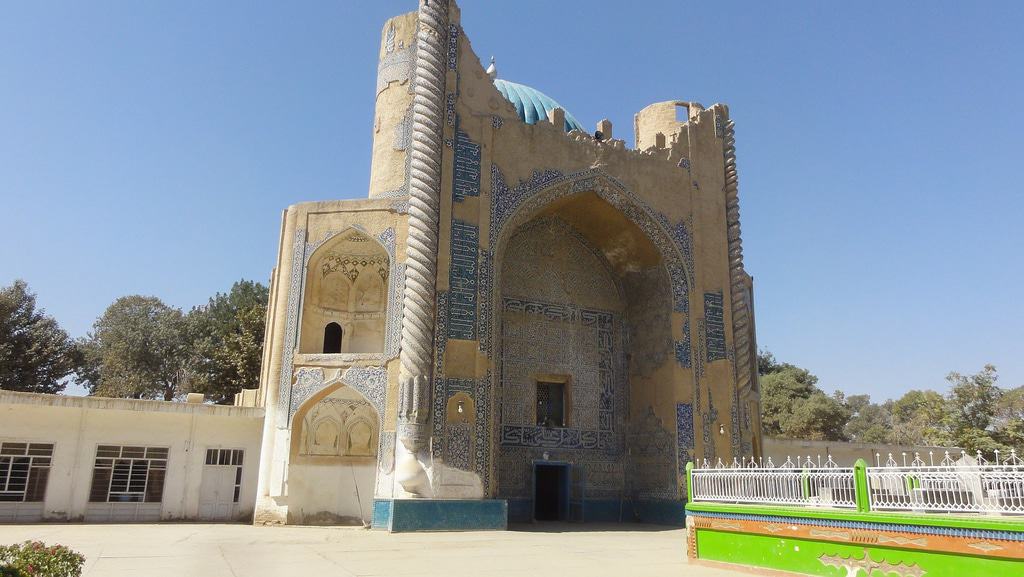
Green Mosque - Source: flickr
Hailed as the epicenter of the Bactrian Empire of old, the aged town of Balkh has a history going back almost 4,000 years! In fact, it was here, high up in the gaps of the northern ridges of the Hindu Kush, that Zoroastrianism and Buddhism first flourished in these reaches.
By the time the Venetian adventurer Marco Polo arrived in the 1300s, the town would have been razed (even by Genghis Khan himself) and rebuilt many times, but memories of its great fortification walls and learning institutions would still have been ripe.
Today, the town is hardly the noble capital it once was, but there is a certain palpable history to be found amidst the buzzing bazaars and emerald-hued Green Mosque.
| Afghanistan is best known for its unique bread and rice dishes that never fail to include meaty diets. The country processes three types of bread: the Naan bread is oval-shaped, the Obi Nonbread is round and thicker than Naan, and the Lavash bead is the thinnest and it is used as a plate for serving food and can be eaten after the food on top of it is consumed. |
5. Herat
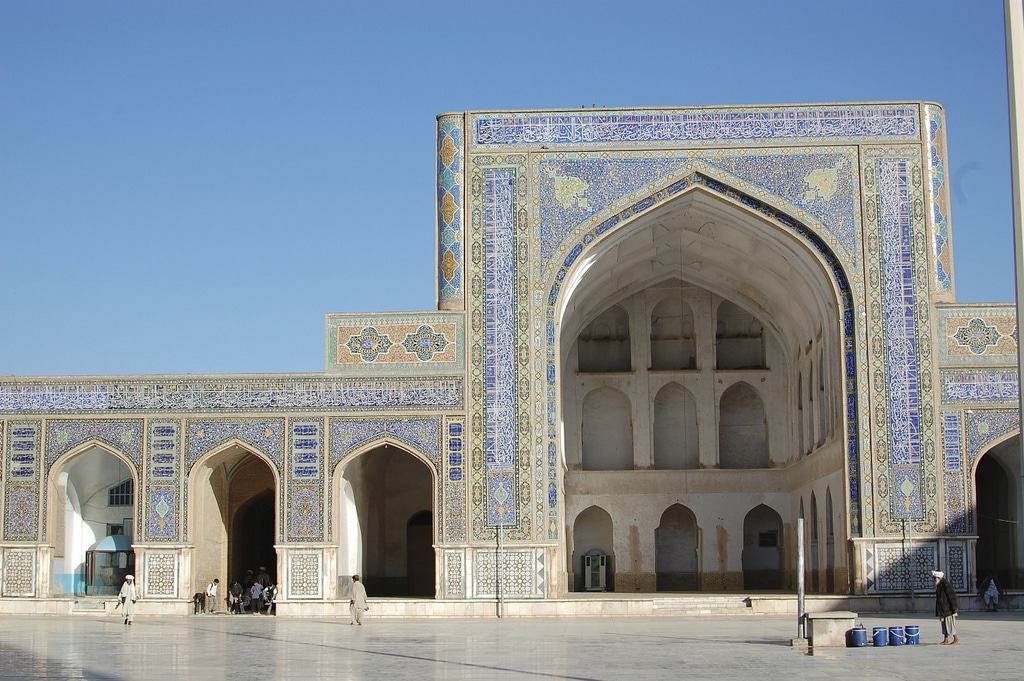
The Friday Mosque - Source: flickr
It’s easy to see why Herat – the third-largest city in Afghanistan – has such a Persian flavor to it: the town sits just a stone’s throw from the Iranian border, and it was once the home of the Timurid dynasty (a lineage that fused elements of Turkic, Persian and Mongol culture in their time). The great piece de resistance of the city is The Friday Mosque.
This elegant structure of turquoise-tipped minarets and shimmering tiles is sure to wow the senses – it’s thought to be more than eight centuries old! There’s also the Herat Citadel to see, and the tombs of revered Sufi poets.
6. Samangan

Takht i Rostam - Source: flickr
While the town of Samangan is an ancient caravan stop on the periphery routes of the old Silk Road, that claim to fame isn’t actually it’s major draw.
That honor goes to the mysterious cave complexes of Takht i Rostam that carve their way through the dusty ridges of the mountains nearby.
These are thought to have been built in the 4th and 5th centuries AD, and are adorned with gorgeous Buddhist inlays of lotus leaves, all focusing on an inner mud-brick stupa.
They offer an immersive glimpse into an almost-forgotten, pre-Muslim past.
7. Bamiyan
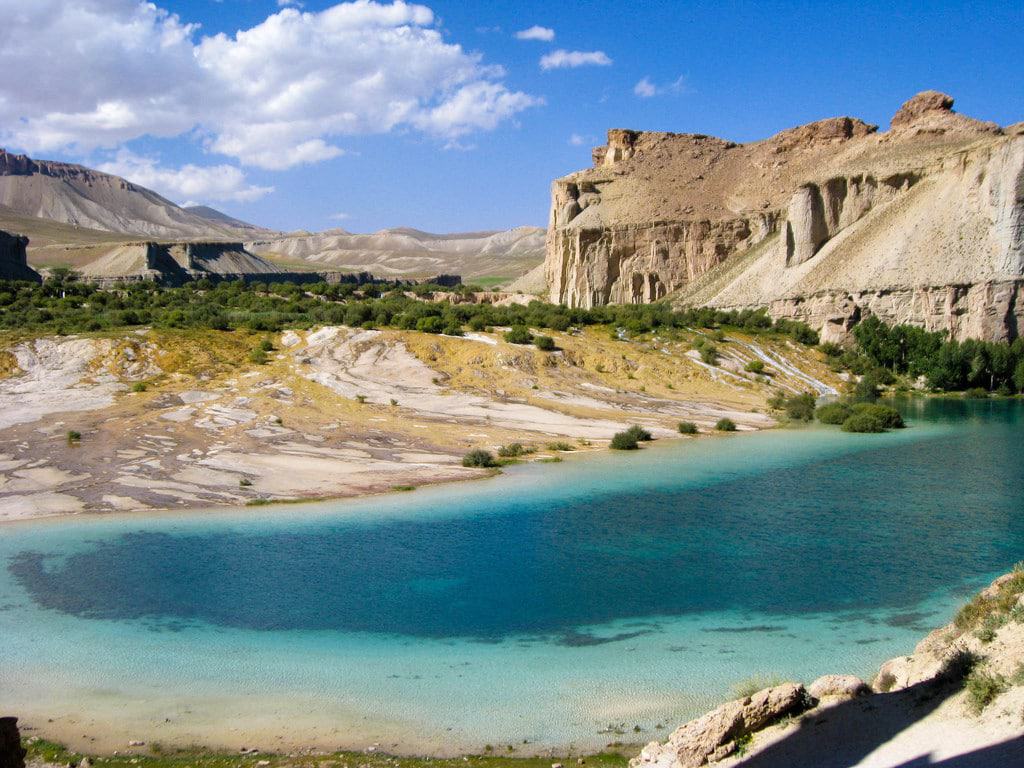
Bamiyan - Source: flickr
For lovers of culture and religious history, the Bamiyan story is a very sad one.
In ancient times, the place was known as a hub for Hindu–Buddhist worship, and it thrived with artisans, monasteries and – especially – sculptors in the ages before the Muslim invasion.
In fact, the two giant statues of the Buddha that stood here were considered some of the most elegant 4th and 5th century carvings in all of Asia.
In March 2001, however, these great effigies were destroyed by the Taliban, causing international outrage, and even prompting UNESCO to tag their remains to prevent further destruction.
| There are several border routes to use for entering Afghanistan using a vehicle. The Khyber Pass is useful between Pakistan and Jalalabad in Afghanistan. Other border crossings are Quetta-Pakistan to Kandahar, Mashad-Iran to Heart, Uzbekistan to Mazar-e-Sharif, and Tajikistan to Kunduz in the northwest of Afghanistan. However, the border crossings are unsafe so you need security as you cross over them. Buses can be boarded at Peshawar-Pakistan and Mashad-Iran to arrive and Jalalabad. |
8. Faizabad
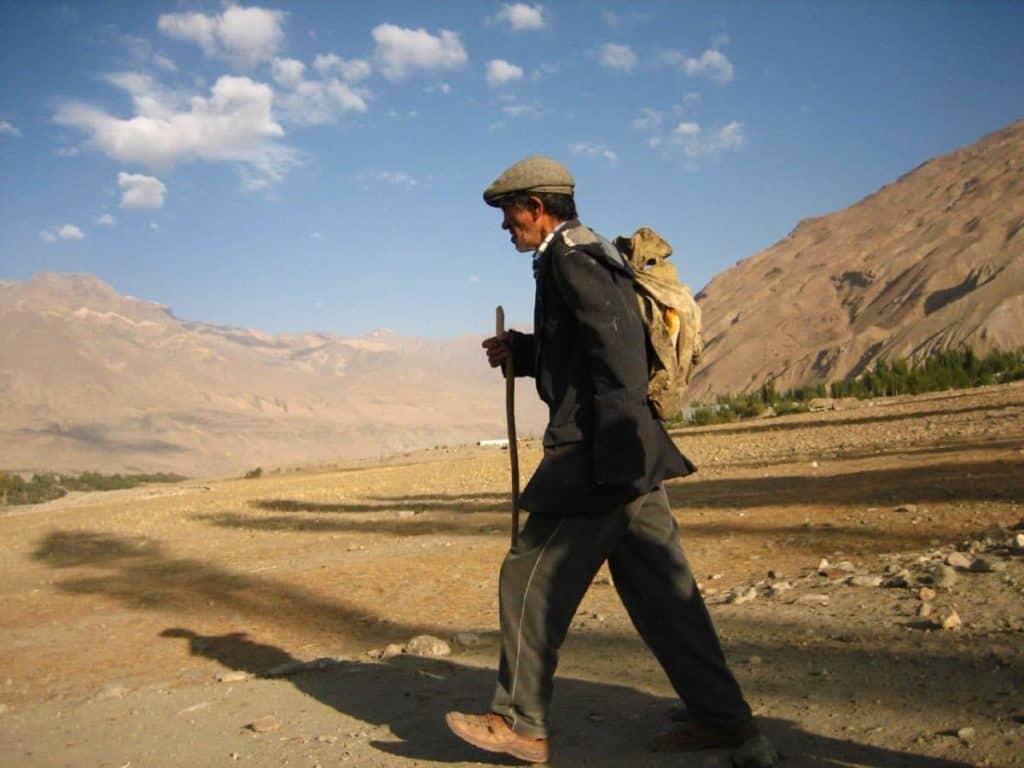
Wakhan Corridor - Source: flickr
Backed by the cracked and chiseled passes of the mighty Hindu Kush, Faizabad sits hidden its very own remote enclave of the northern Afghan mountains.
The location is what defines the town: giving it that rustic, backwater feel.
You’ll see galumphing donkeys strutting the streets and beady-eyed, bearded sheep farmers wandering the bazaars.
You’ll meet local highlanders with feet worn by the trails of the great Wakhan Corridor.
You’ll find spice-scented stew houses and be able to explore the gorgeous alpine valleys of the Kokcha River.
9. Band-e Amir National Park
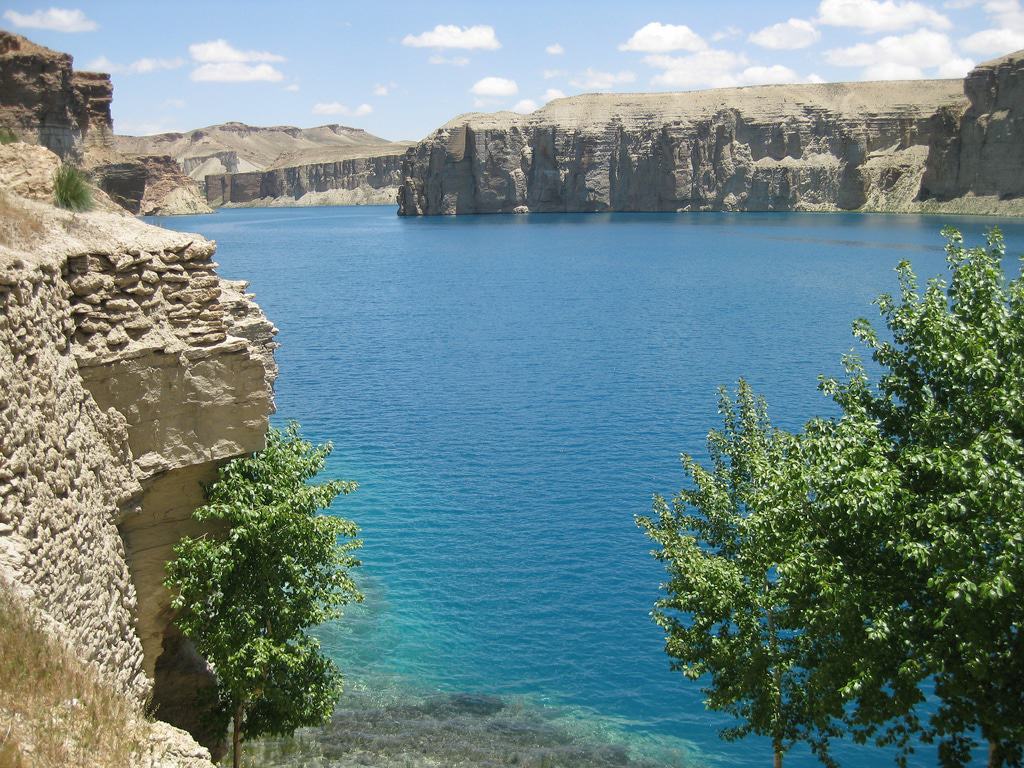
Band-e Amir National Park - Source: flickr
The breathtaking reaches of the Band-e Amir became home to the first ever national park in Afghanistan back in 2009. It’s easy to see why too! Peppered by no fewer than six inpidual mountain lakes, perched more than 3,000 meters up in the rugged peaks of the Hindu Kush, and forged by millennia of fascinating geological movements, the whole area is a wondrous place to behold.
Hikers come in the spring and summer (when the temperatures are not an unbearable 20 Celsius below!), to wonder at the cobalt-blue waters of Band-e Panir and the Band-e Gholaman.
10. Kabul
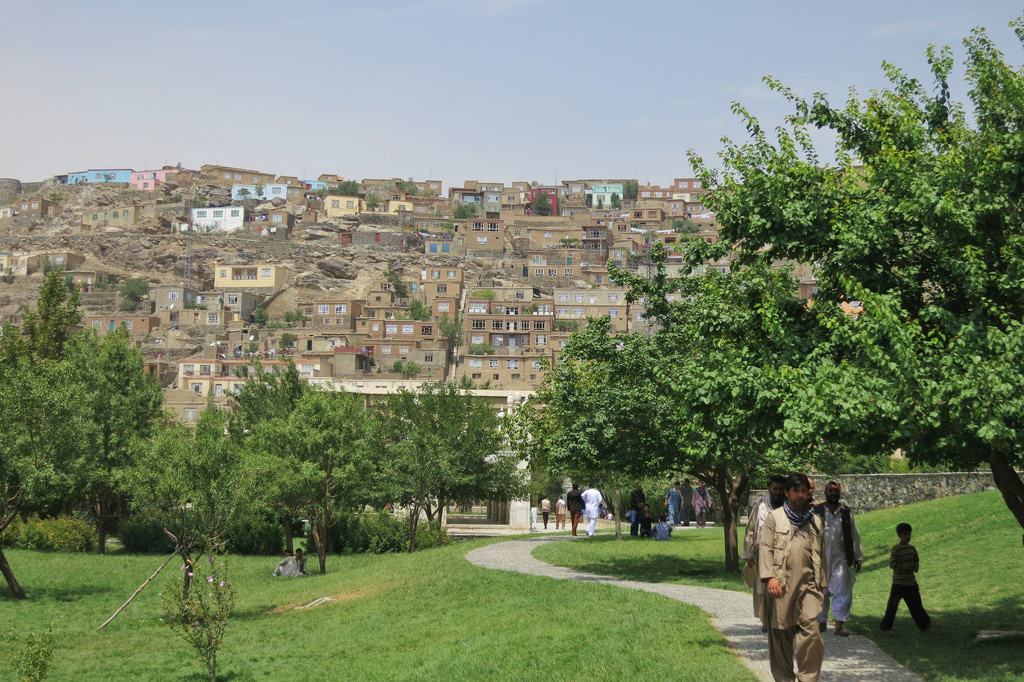
Kabul has been plunged in chaos since the takeover of the Mujahedeen and al-Qaeda, the Taliban insurgents and other factions after the start of the country’s modern wars.
Afghanistan’s capital city, Kabul, is a major entry into the state because it bears the main international airport for the country.
More Place to Visit:
Kunduz
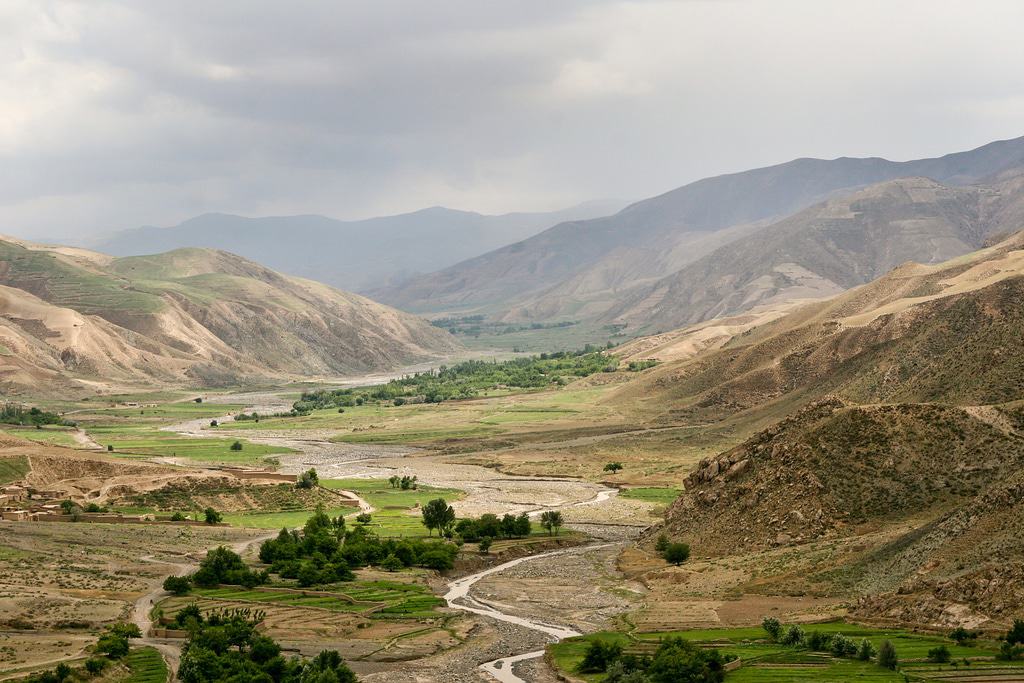
Kunduz - Source: flickr
Kunduz is actually little more than a transportation hub for travelers eager to cross the tristate border in the north, where Tajikistan meets Uzbekistan meets Afghanistan.
However, it does come enfolded in great swathes of verdant farmlands, and has a down-to-earth, rustic ambience that’s lost on the larger cities on this list.
Unfortunately, more recent times have seen the tumult of the Afghan wars flair up again near Kunduz, and there have been pitched battles between the Taliban, the army, and various insurgent groups.
In other words, come here expecting to enter a war zone.
Khyber Pass
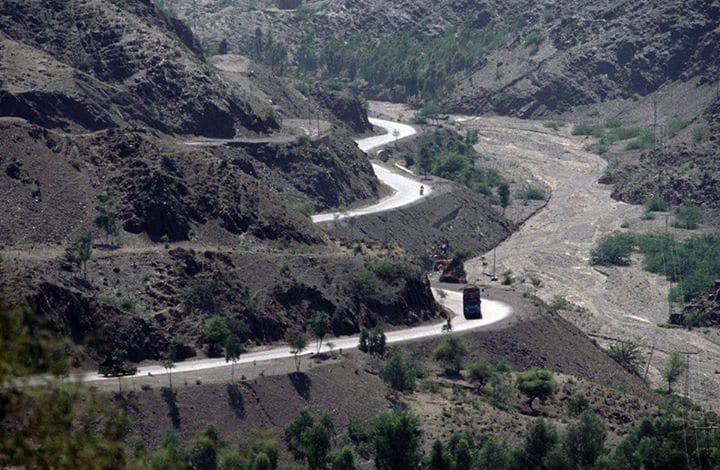
Khyber Pass - Source: flickr
The Khyber Pass certainly falls into that wide category of places not currently on the menu for the traveler in Afghanistan – since at least 2007, the whole region here has been dominated by Taliban guerrillas, with western aid and military convoys targeted specifically.
However, once the tensions lift and the war subsides, this high-perched stretch of land in the heights of the Spin Ghar will certainly be worth the visit.
Why? Well, because for centuries it’s hosted armies and traders.
They came on the Silk Road from China and the east, or they came in the form of awesome military leaders like Alexander the Great and Genghis Kahn.
Panjshir
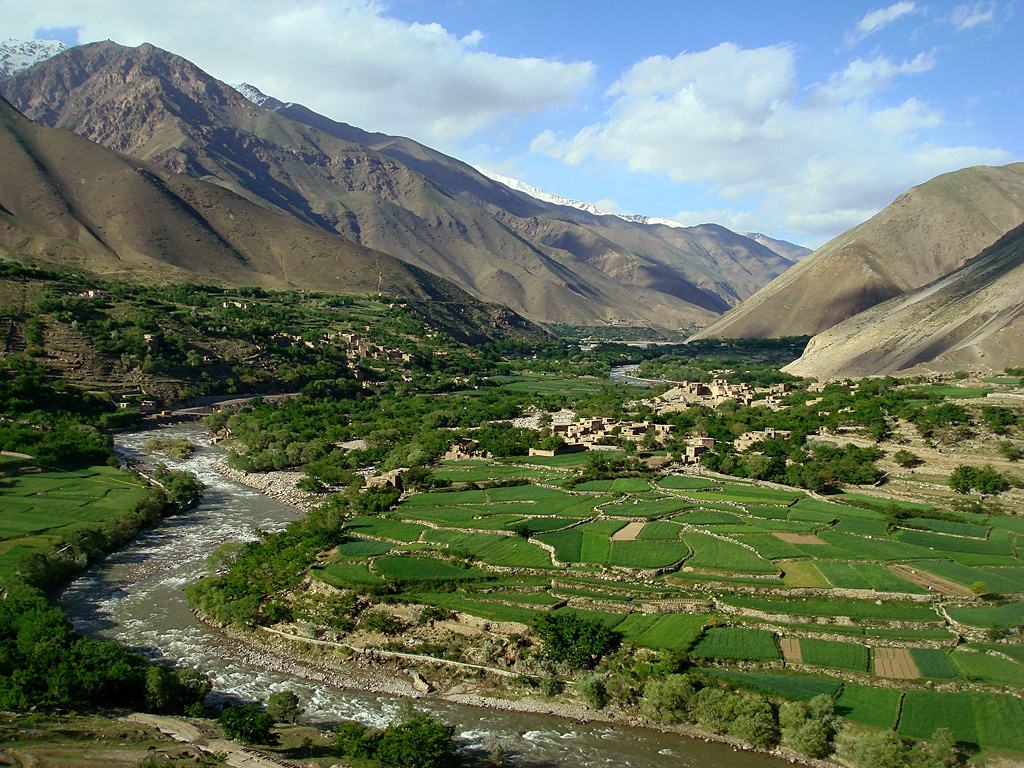
Panjshir Valley - Source: flickr
Carving its way into the foothills of the Hindu Kush from the eastern provinces of Afghanistan, the Panjshir Valley is tipped to become one of the newfound industrial powerhouses of the nation.
With American investment taking the lead, talk of everything from emerald mining to hydroelectric generation is being floated for these parts.
However, for the time being, Panjshir remains the glorious medley of snow-topped mountains and winding rivers, verdant fields and rustic hamlets its always been – except, that is, when the Soviets rolled this way during their invasion in the 1980s.
Bagram
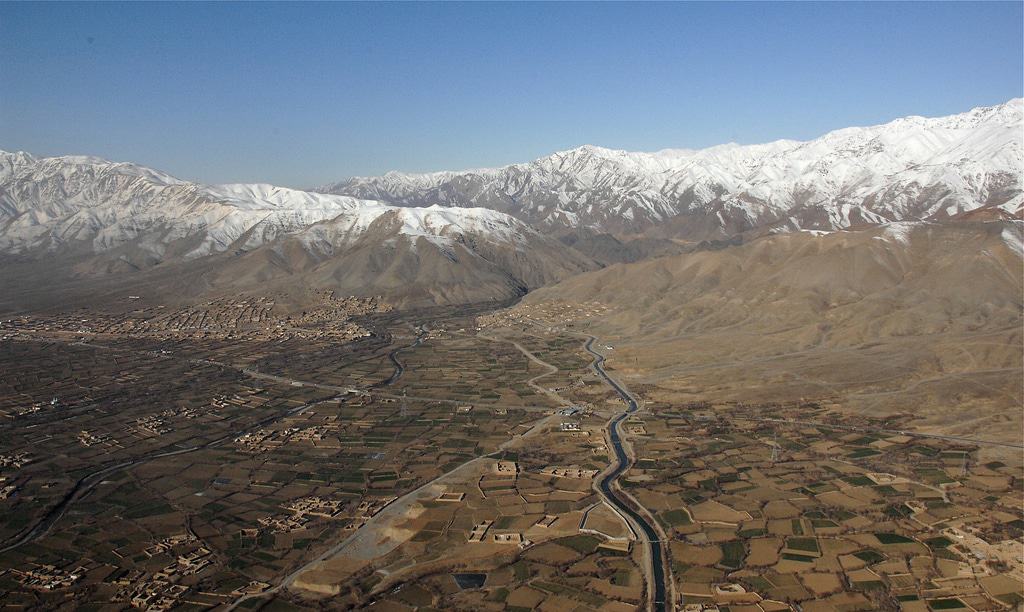
Bagram Valley - Source: flickr
Although the small eastern city of Bagram, located just a stone’s throw from both Kabul – the capital – and the rises of the Hindu Kush, is perhaps best known to modern onlookers as the sight of the largest allied military base in the country, this one’s story actually goes a lot deeper than that.
For starters, the town was conquered in the 300s BC by none other than Alexander the Great, who subsequently made changes to its layout in the Grecian manner.
And later, the place passed to the Mauryan Empire, who brought their Indian artistic traditions to bear on the region.
Taloqan
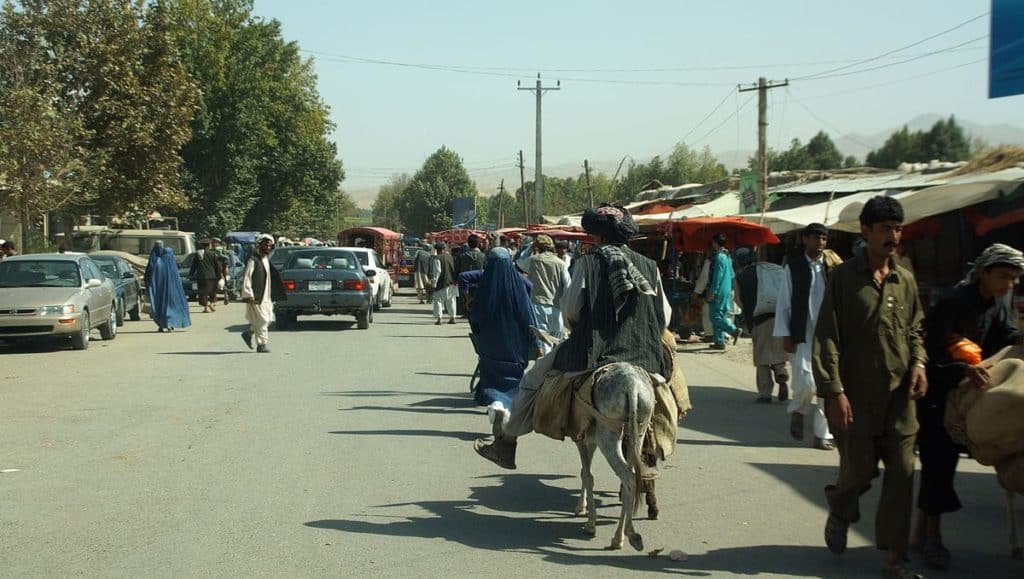
Taloqan - Source: wikipedia
Taloqan sits in the shadow of the colossal Hindu Kush, just over the mountains from the Pashtun regions of southern Afghanistan.
It’s thought that the surrounding valleys have been occupied for more than a millennium; a fact revealed by the narrations of one Marco Polo, who passed this way in 1275. However, the Taloqan of today is a more modern place, with markets bustling with shoppers and mules meeting purring tuk-tuks in the streets.
The memory and brutal reality of the 2001 war remains raw here, so it’s a subject certainly best avoided.

